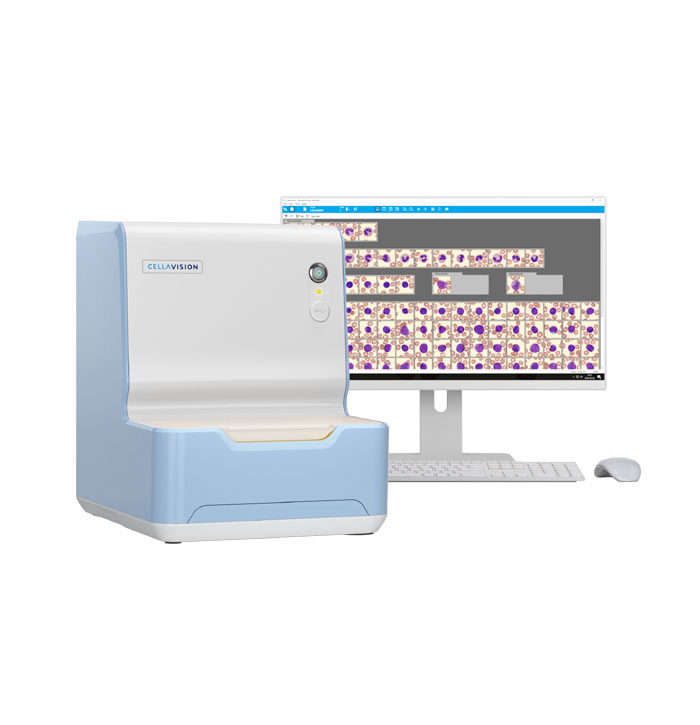
CellaVision DC-1
CellaVision DC-1 is designed to automate and simplify the process of performingblood cell differentials in low-volume laboratories.

CellaVision DC-1
Digital cell morphology imaging device for blood smears
Connectivity that facilitates remote collaboration and validation of results
High-quality images capture all cellular details
Automate the analysis of WBCs, RBCs and PLTs
Cell images can be viewed and compared side by side
The CellaVision DC-1 is a digital cell imaging analyser that performs blood cell differentials. It offers a suitable solution for laboratories with small workloads. The analyser consists of an automated microscope, a high-quality digital camera and a computer system that uses artificial intelligence to locate, digitally capture and pre-classify cells from stained blood smears.
WBC, RBC and PLT images are stored, together with differential results, in a database.
| Dimensions in mm (W x D x H): | 280 x 390 x 370 mm |
| Weight: | 11.0 kg |
| Technology | Artificial Neural Network |
| Capacity: | 1 slide |
| Immersion Oil: | Manually |
| Analysis: | 17 WBC classes, 6 RBC abnormalities, PLT estimation |
| Throughput: | Up to 10 slides per hour (based on a 100 WBC differential, RBC morphology and PLT estimation)* |
| Storage: | Up to 1,500 slides in one database (unlimited on secondary storage) |
*Processing time may vary depending onsmear quality, WBC concentration and number of non-WBCs.
- Features & Benefits
-
The CellaVision DC-1 is a digital cell imaging analyser that performs blood cell differentials. It offers a suitable solution for laboratories with small workloads. The analyser consists of an automated microscope, a high-quality digital camera and a computer system that uses artificial intelligence to locate, digitally capture and pre-classify cells from stained blood smears.
WBC, RBC and PLT images are stored, together with differential results, in a database.
- Specifications
-
Dimensions in mm (W x D x H): 280 x 390 x 370 mm Weight: 11.0 kg Technology Artificial Neural Network Capacity: 1 slide Immersion Oil: Manually Analysis: 17 WBC classes, 6 RBC abnormalities, PLT estimation Throughput: Up to 10 slides per hour (based on a 100 WBC differential, RBC morphology and PLT estimation)* Storage: Up to 1,500 slides in one database (unlimited on secondary storage) *Processing time may vary depending onsmear quality, WBC concentration and number of non-WBCs.
